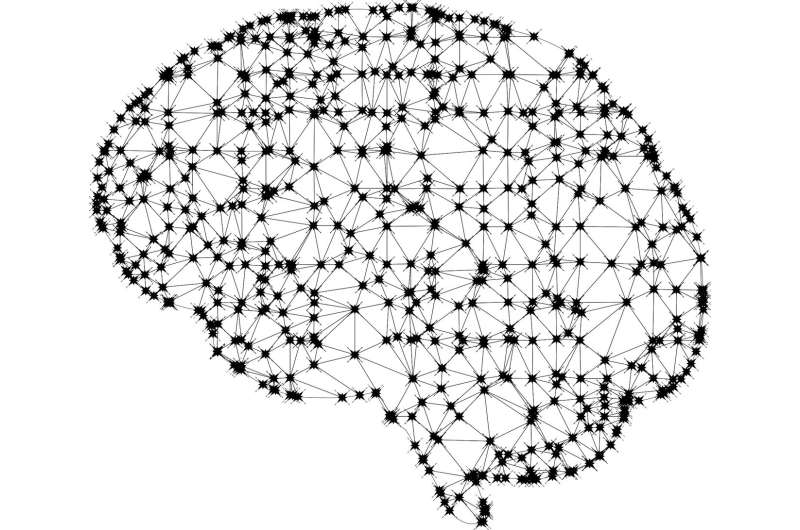Artist works to merge artificial intelligence and art

At Seattle Art Fair, a glistening, golden object propped upon a wooden platform blabbers on as visitors circumambulate the display. An artificial-intelligence (AI) voice-interactive project, the device called "Not the Only One" is designed to respond to people based on conversations that the multimedia artist, Stephanie Dinkins, had with her aunt and niece.
"I have to tell people it doesn't compete with Alexa," said Brooklyn-based Dinkins during the exhibit opening.
Some visitors get frustrated with the project, which is still in beta form, she said, as it responds in unintelligible language or not at all in the presence of ambient noise. Such a quirk has proved challenging, since it's mostly been displayed in galleries at universities, including Pittsburgh's Carnegie Mellon and New York's Stony Brook, following its debut in January 2018.
While Dinkins has always worked in digital media and video, "Not the Only One" was her first foray into creating an AI entity. She centers in her work people of color and marginalized communities to bring them into the conversation about technology. A growing body of research has found that the computer-science workforce lacks diversity.
She set out to work on the project by recording conversations with her family, then feeding their transcribed interviews into software that generates responses.
During the project, Dinkins learned things about her family that she'd never thought to ask before, such as how her great-grandfather came to own a Georgia farm in the early 1900s as a black man, why they migrated from the South to New Jersey and New York, and details about her mother who died when Dinkins was a youth.
Dinkins conceived of the idea for "Not the Only One" after stumbling upon a YouTube video of Bina48, an AI robot based on a composite of conversations with Bina Rothblatt, co-founder of the nonprofit Terasem Movement Foundation, which advocates for human-life extension.
When Dinkins saw the video of Bina48 contorting its face in a humanlike way, she was floored that such a technologically advanced robot was depicted as a black woman. "That type of representation in technology is unusual still," Dinkins said. She instantly wanted to try to befriend Bina48.
In her 2014 project, "Conversations with Bina48," Dinkins recorded video interviews with the robot to explore the question of what it means "for a small subsection of society to make far-reaching systems that will affect most people on the planet in one way or another."
From there, she set off on a journey to create her own AI system in the vein of a black American family memoir. While she initially tried to code "Not the Only One" herself, she now works alongside other programmers and serves as the project's producer and historian.
Dinkins ultimately believes that AI, just as any other form of technology, has the potential to help humans better understand themselves.
"AI systems are often reflections of those who create and inform them. Which says that humans have a lot of work to do in the realms of counteracting the blind spots and biases of those who create AI systems, correcting biases in data historical and otherwise, creating AI systems are transparent and accessible," she said.
"Because AI promises to be so ubiquitous we must carefully, thoughtfully and slowly think through what we want from these systems and what they need from humans to become positive additions to our civic, social, political, medical and even familial ecosystems."
Artist Greg Pierce visited the device during a break from his own exhibit, but said he wasn't able to have a full conversation with it—the system mostly blurted out random lines. While he was mostly excited about its shape and presentation, he expressed hope that the interactive-voice element "could be deepened as you spend more time with it."
"Thanks for dropping by," the device aptly said before Pierce walked away.
©2019 The Seattle Times
Distributed by Tribune Content Agency, LLC.




















